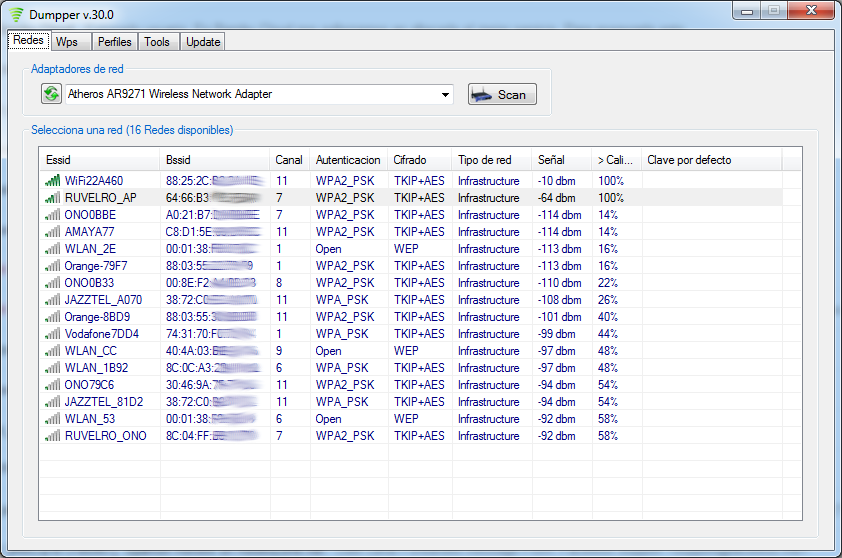(didn't see a KL10 boot tape for v7.04). Everything seems. KLH10> load klboot.exe. KL10 03-19-86. Why reload: new. Date: 04-10-90.
ProcDump v9.0 • • 5 minutes to read • Contributors • • • • In this article By Mark Russinovich and Andrew Richards Published: May 16, 2017 (439 KB) Introduction ProcDump is a command-line utility whose primary purpose is monitoring an application for CPU spikes and generating crash dumps during a spike that an administrator or developer can use to determine the cause of the spike. ProcDump also includes hung window monitoring (using the same definition of a window hang that Windows and Task Manager use), unhandled exception monitoring and can generate dumps based on the values of system performance counters. It also can serve as a general process dump utility that you can embed in other scripts. Using ProcDump usage: procdump [-a] [[-c -cl CPU usage] [-u] [-s seconds]] [-n exceeds] [-e [1 [-b]] [-f ] [-g] [-h] [-l] [-m -ml commit usage] [-ma -mp] [-o] [-p -pl counter threshold] [-r] [-t] [-d ] [-64] [dump file] -i -u -x [arguments] >] [-?

[ -e] Parameter Description -a Avoid outage. If the trigger will cause the target to suspend for a prolonged time due to an exceeded concurrent dump limit, the trigger will be skipped. -b Treat debug breakpoints as exceptions (otherwise ignore them). -c CPU threshold at which to create a dump of the process.
-cl CPU threshold below which to create a dump of the process. -d Invoke the minidump callback routine named MiniDumpCallbackRoutine of the specified DLL. -e Write a dump when the process encounters an unhandled exception. Include the 1 to create dump on first chance exceptions. -f Filter the first chance exceptions. Wildcards (*) are supported.
To just display the names without dumping, use a blank (') filter. -g Run as a native debugger in a managed process (no interop). Katalog zapchastej gazelj 32213. -h Write dump if process has a hung window (does not respond to window messages for at least 5 seconds). -i Install ProcDump as the AeDebug postmortem debugger. Only -ma, -mp, -d and -r are supported as additional options. -l Display the debug logging of the process.
-m Memory commit threshold in MB at which to create a dump. -ma Write a dump file with all process memory. The default dump format only includes thread and handle information.
-ml Trigger when memory commit drops below specified MB value. -mp Write a dump file with thread and handle information, and all read/write process memory. To minimize dump size, memory areas larger than 512MB are searched for, and if found, the largest area is excluded. A memory area is the collection of same sized memory allocation areas. The removal of this (cache) memory reduces Exchange and SQL Server dumps by over 90%. -n Number of dumps to write before exiting.
-o Overwrite an existing dump file. -p Trigger on the specified performance counter when the threshold is exceeded. Note: to specify a process counter when there are multiple instances of the process running, use the process ID with the following syntax: ' Process(_) counter' -pl Trigger when performance counter falls below the specified value. -r Dump using a clone. Concurrent limit is optional (default 1, max 5).
CAUTION: a high concurrency value may impact system performance. - Windows 7: Uses Reflection. OS doesn't support -e. - Windows 8.0: Uses Reflection. OS doesn't support -e. - Windows 8.1+: Uses PSS.
All trigger types are supported. -s Consecutive seconds before dump is written (default is 10). -t Write a dump when the process terminates. -u Treat CPU usage relative to a single core (used with -c). As the only option, Uninstalls ProcDump as the postmortem debugger. -w Wait for the specified process to launch if it's not running.